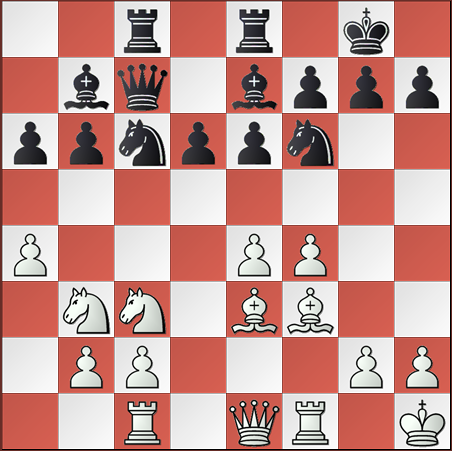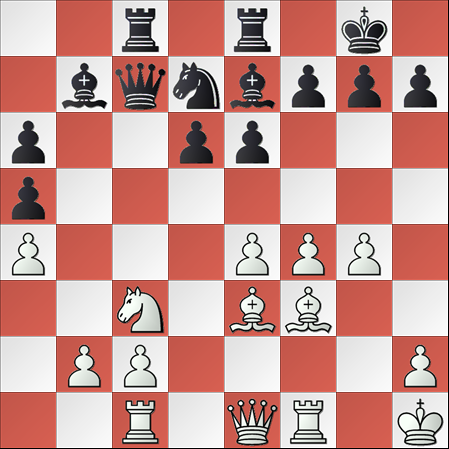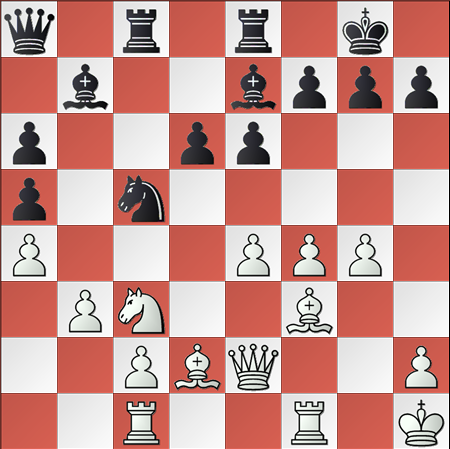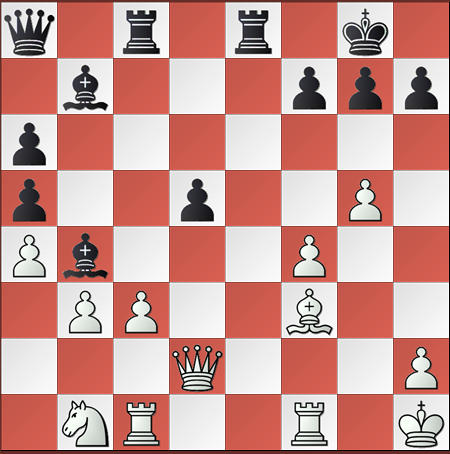In the game of chess, the middle game succeeds the opening stage where the pieces are developed from their initial positions in such a way that they are reasonably placed to plan and launch an attack on the opponent’s King. There is no clear-cut rule stipulating that from the 14th move the middle game commences, or from the 25th move the middle game starts or the opening game ends. However, it can be fairly said that the middle game is all set to begin when the players cease to indulge in mere development of pieces but initiate plans or tactics to launch a series of moves aimed at attacking the opponent’s pieces and/or providing additional safeguards to the squares or pieces in his control.
In most of the opening games, it is but natural that the players resort to the wonderful idea of castling such that the king is moved to a safer place and the two rooks are freed for further development. In such a case, one of the rooks will be in a1 or a8 as the case may be and the other one will be either in e1/e8 or d1/d8 as the case may, but mostly in the back ranks only. A dilemma might arise in such conditions as to which of the two rooks should be moved instead of the other. Again, there is no clear-cut rule such that the rook in the “a” file should be moved and brought to the central ranks than occupying the flank and not the other rook. It depends mainly on the position of the game at that point and a better decision taking into consideration the merits of the move should be made, as otherwise, a moving a wrong rook to an inappropriate square might invite problems and eventually might result in loss of advantage over the opponent. This dilemma of the wrong rook factor has been faced by many grandmasters as well.
One of the fascinating games highlighting the move of a wrong rook and its consequences are discussed in the following example. This is a game played way back in the 1960s in the USA Championship and the position after 13 moves is given hereunder:
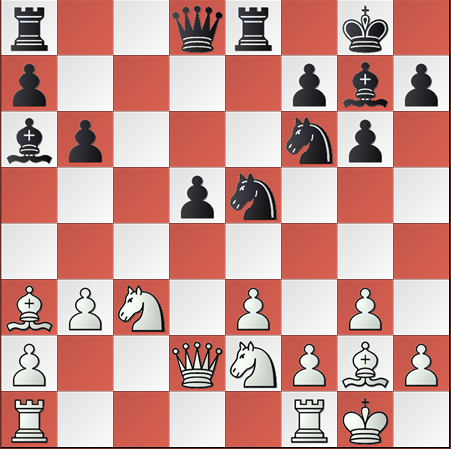
(White to move)
A cursory look at the position indicates that both the players have fairly developed their pieces and are in the early stages of the middle game. Black seems to have a slight advantage with his light-squared bishop at a6 and the knight at e5 threatening to occupy the d3 square. Isolated queen pawn is also there in the vital d5 square. Now it is the turn of the white to make a move, and it is but obvious that he has move one of his rooks at the back rank. Which one to move is the dilemma for white.
| 14. | Rfd1 | …. | This move by White is questionable as the rook at f1 was covering the pawn at f2 and in its absence, if black were to capture the pawn at f2, it would be the King that should come to rescue by capturing the attacking piece or run for cover. Instead he might have considered moving the other rook at a1 to d1 – Rad1. |
| 14. | …. | Nd3 | As expected, Black’s Knight occupies the d3 square. |
| 15. | Qc2 | …. | White plans to evict the Knight at d3. |
| 15. | …. | Nxf2 | Black pounces on White’s wrong Rook move, drags the King out of the back rank. |
| 16. | Kxf2 | Ng4+ | |
| 17. | Kg1 | Nxw3 | |
| 18. | Qd2 | Nxg2 | Surprise move by Black, wants to attack the King instead of capturing the Rook at d1. |
| 19. | Kxg2 | d4 | |
| 20. | Nxd4 | Bb7+ | |
| 21. | Kf1 | …. |
The position after white’s 21st move is given hereunder:
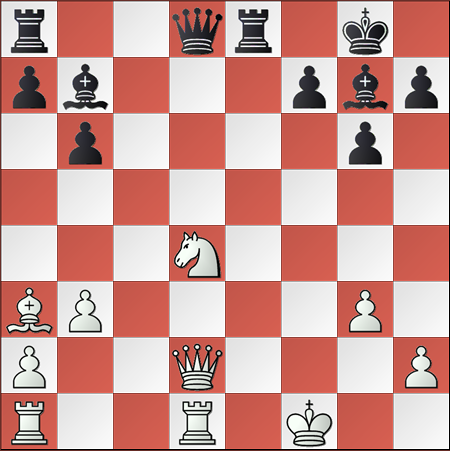
(White to move)
21. ….. Qd7
0-1.
White has resigned the game accepting defeat. The downfall of White at the hands of black Is primarily his wrong choice of rook for providing cover to the d3 square.
This is one of the many interesting aspects one needs to be aware of, especially in the middle game stage, and grab the opportunity when presented by itself.
